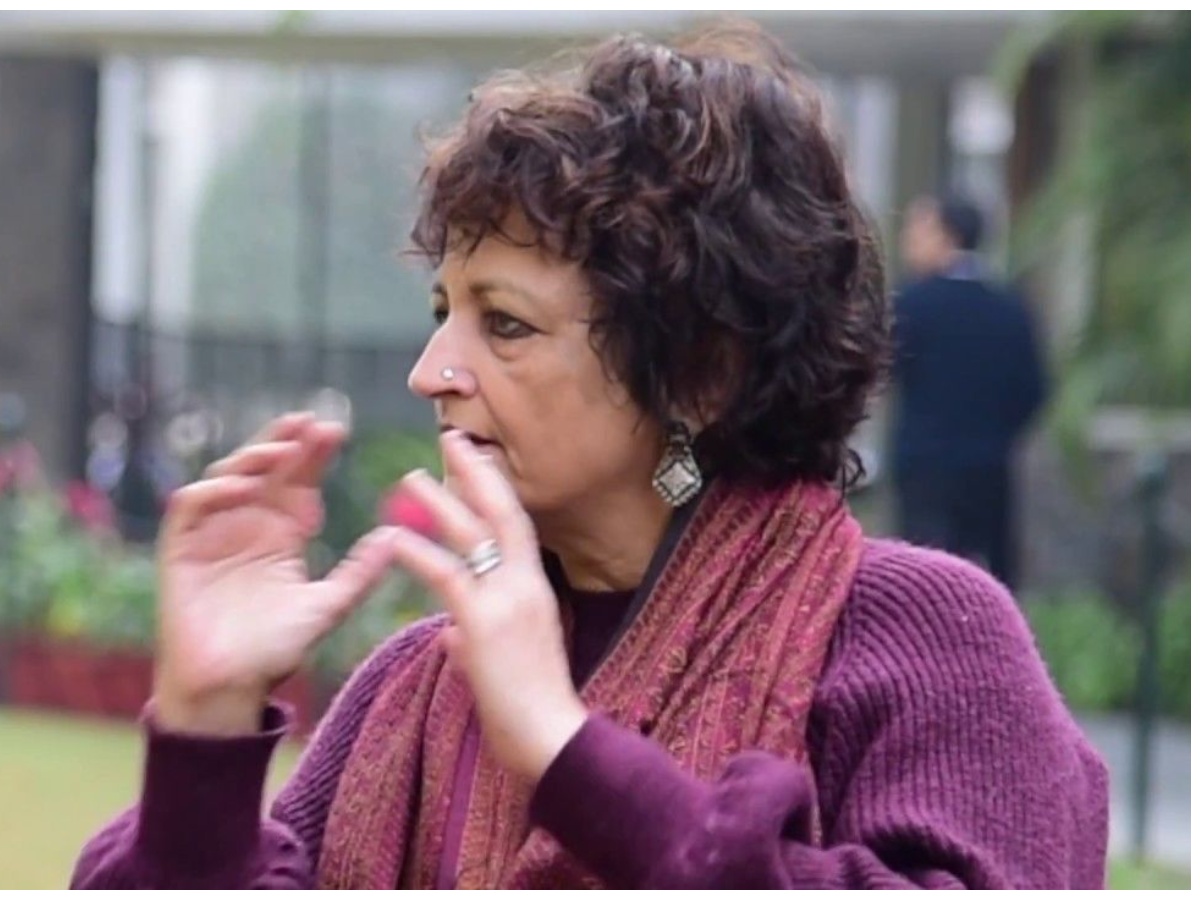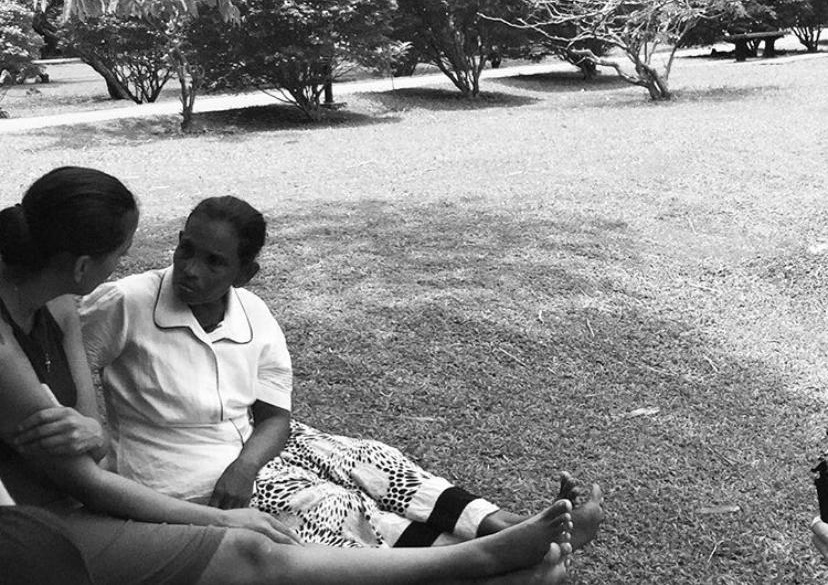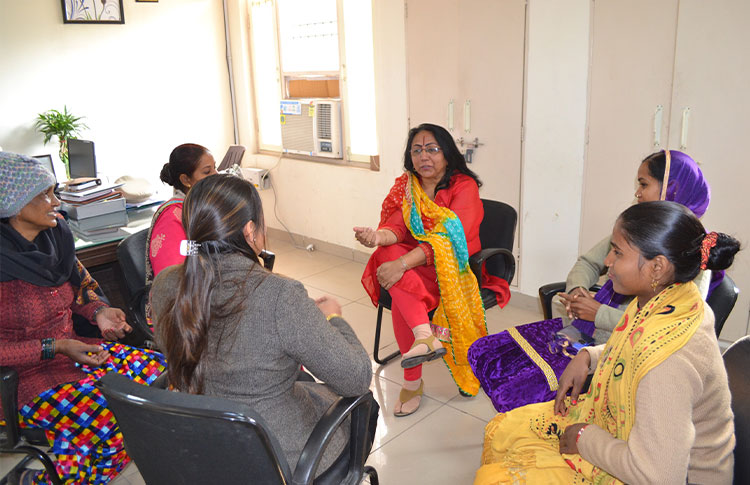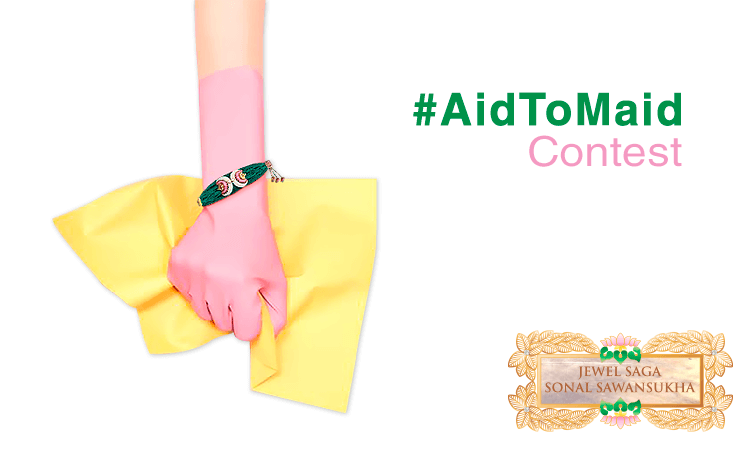Sharmistha Dutta’s ‘Indian Widow’ Photo Project Is Breathtaking!
- IWB Post
- May 31, 2016

India is a country where Goddess Durga is worshiped on one hand, while there are widows who are abandoned and forced to live in shelter homes or, even on streets, on the other.
Sharmistha Dutta visited Varanasi’s one such shelter home and decided to publish her photo project ‘Durga’ depicting the stories of these abandoned widows. We salute her for highlighting the painful stories of these long forgotten women and giving them recognition in the most delicate way she could, through her amazing monochromatic pictures.

The message of not abandoning widows or women is clearly illustrated by her work and hopefully, soon, her work gets the recognition it deserves.
To know her full story, continue reading below.
“Durga” is a photography project spanning more than three years, which is now being put together as a book.
A few years ago, I happened to visit Vrindavan, a holy city in Uttar Pradesh. A chance visit to a shelter home opened my eyes to the bleak world of widows in the margins of society. What I saw affected me deeply and will probably remain with me for the rest of my life.
I saw a dark room with more than a dozen beds lined up against both the walls. There on the beds sat women in tattered white saris, most with blank looks in their eyes. Most of them were widows, many of them in their 70s or older.
One day, a woman asked me sharply, “Why do you keep asking us for our stories? What good will this be, will it really help us?”
Who were these women? Where did they come from? Why weren’t their children with them? Many questions crowded my head. I tried talking to them — some of them poured their hearts out, some didn’t remember, or did not wish to remember. But that meeting sparked in me the urge to return to Vrindavan, again and again.
It’s been three years since then. I have lost count of the number of pictures I have taken in many shelter homes in Vrindavan and Varanasi. One day, a woman asked me sharply, “Why do you keep asking us for our stories? What good will this be, will it really help us?”
The question really made me think hard about what I was going to do with all the photographs and conversations. I decided to dig deeper and what came tumbling out were unbelievable facts and a deeper conspiracy behind their abandonment, tracing back to more than 200 years. There is a huge need to create more awareness on the subject, as the practice of abandoning widows isn’t really a thing of the past. Even today, hundreds of widows are forced to leave their house and end up in shelter homes or, worse, on the streets of Varanasi and Vrindavan. Denied of dignity, they lead lives of utter penury and humiliation until death decides to claim them.
Why Durga?
“Durga” is a study on gender bias and the extreme discrimination against widows in India. It lays bare the hypocrisy of a society that chooses to shower adulation on one woman and extreme humiliation on another.
This series portrays how hypocritical this society is — idolizing Ma Durga and yet turning a blind eye to a million destitute mothers and wives…
Indians, the world over, have celebrated Goddess Durga as the embodiment of feminine power. But it’s strange given how patriarchal India is — where a woman’s voice is deliberately muffled and she has to fight for equal status, whether it’s social, economic or sexual.
The idea was to visually demonstrate how Goddess Durga is present in every woman, whether she belongs to the upper echelons of society, whether she’s a middle-class working woman, a humble village girl or even a widow, who’s so callously abandoned when her husband dies.
This series portrays how hypocritical this society is — idolizing Ma Durga and yet turning a blind eye to a million destitute mothers and wives, destroying them slowly with indifference.
There are two distinct parts in the story. The initial part portrays Goddess Durga in the midst of every woman. The second part is a visual documentation of the life of widows, representing their lives in Vrindavan and Varanasi, the hardships they face and the glimmers of hope in the present situation when many NGOs have stepped in to lend them a helping hand.
The project – then, now and next
The initial part was a completely staged shoot in Kolkata and Delhi, as early as 2012. Some intensive research work led me to Vrindavan and Varanasi, where I shot both candid and staged photos of the widows. This was possible only with Sulabh International granting me access into these shelter homes.
Widows are not only abandoned in villages or small towns – the practice is shockingly prevalent in educated and urban societies too. It’s a mindset that needs to be fought.
After completing the essay, I did an exhibition in Delhi in 2014, which was well received. Later it was showcased at the Goa Photo Festival in 2015. The story since then has been featured in various art magazines, newspapers and social media. The idea was to create maximum awareness on the plight of these women. Widows are not only abandoned in villages or small towns – the practice is shockingly prevalent in educated and urban societies too. It’s a mindset that needs to be fought and changed.
Last year, I finished photographing and began working on the photo book with a team of writers and photo editors. But the process can be very daunting and finding a suitable publisher is a challenge. So I decided to opt for self-publishing. Which basically means that the onus to print, publish, distribute and market the book lies completely with my humble team and me.
In order to launch the book in an appropriate way, with 100 copies to begin with, we will need sufficient funds. Which is why we decided to come up with a crowdfunding campaign – globally, a very popular and democratic way of raising funds by artists, authors and start-ups. By making a contribution, large or small, people can help us to print and publish the book and thereby help raise awareness on the subject of widowhood in India. The contributions will also be used for various other important jobs like editing, designing, website hosting and launching of the book.
In return of the support, we would like to give back prints from the series and hard copies of the book as tokens of our appreciation. There are e-books available too for overseas donors. We will be happy to list every contributor’s name in our website as a token of our appreciation.
 You can find more details about the project and the forthcoming book on the Indiegogo crowdfunding page.
You can find more details about the project and the forthcoming book on the Indiegogo crowdfunding page.
Here’s a short film on the making of this project:
- 0
- 0












